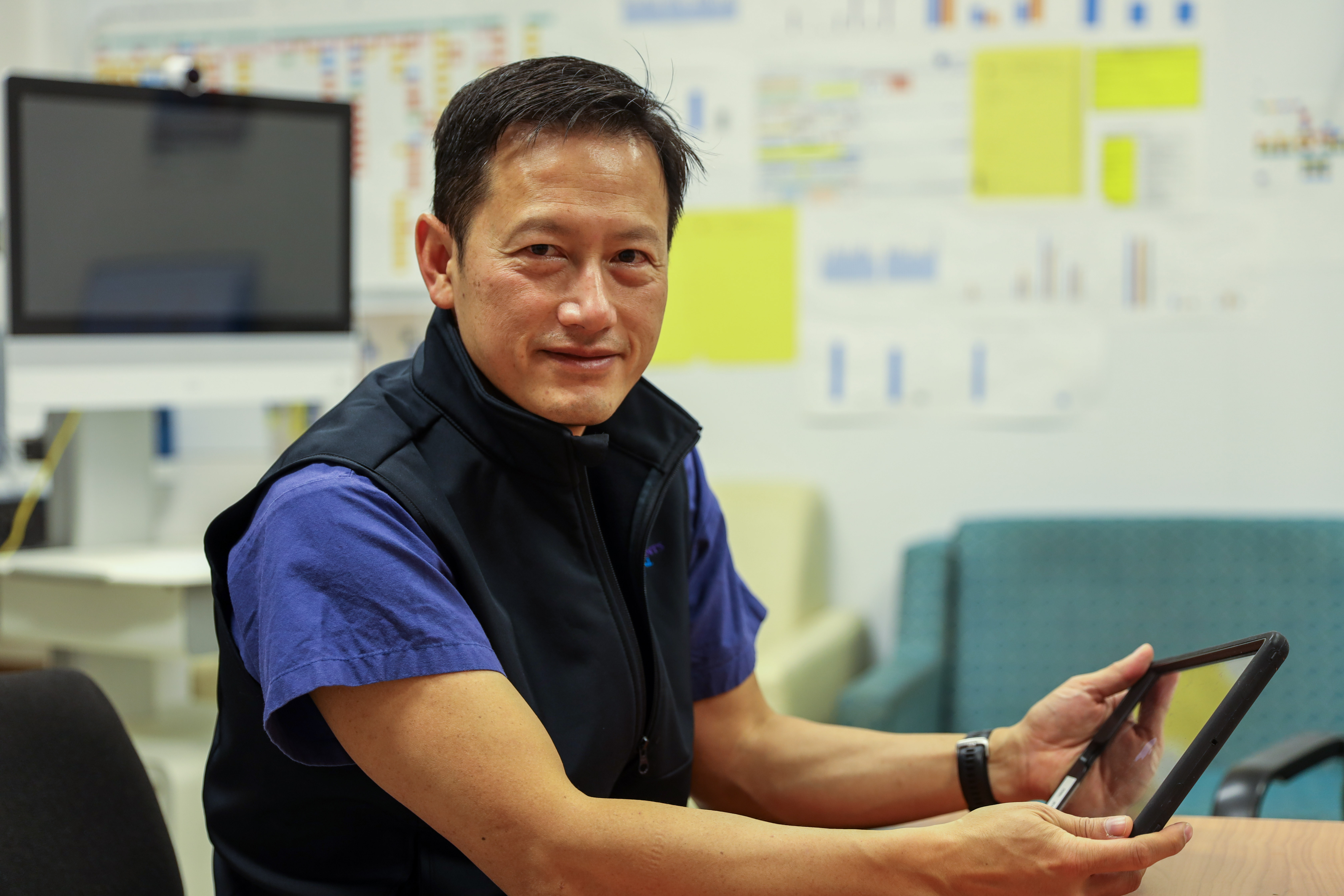New program to boost the diversity of participants in clinical trials

Dr Tuong Phan (pictured)
A multi-platform series of videos developed through a collaborative research study between St Vincent’s Hospital Melbourne and the University of Melbourne has been designed to make clinical trials more accessible to people from culturally and linguistically diverse (CALD) backgrounds.
The short videos aim to educate people about clinical trials and what’s involved to improve their level of engagement, as well as improve healthcare literacy across the wider population.
Dr Tuong Phan, an anaesthetist and clinician researcher at St Vincent’s Hospital Melbourne has been recruiting patients for medical research trials for 15 years. During this time, he has noticed people from CALD backgrounds are greatly under-represented.
“CALD patients are often reluctant to participate in clinical trials and are often excluded because of pre-existing barriers resulting from language and cultural factors,” Dr Phan explains.
These hurdles are further heightened as this population ages.
Breaking down the barriers
Working together with the University of Melbourne’s Departments of Critical Care, Medical Education and the School of Languages and Linguistics, Dr Phan, having identified the issue, collaborated on The Culturally and Diverse Ethics Resource (CALDER) project – a joint study led by the University of Melbourne’s Professor Robyn Woodward-Kron, Professor David Story and Professor John Hajek.
According to Dr Phan, many people from CALD backgrounds find the consent process involved in clinical trials daunting or confronting.
“Some find it difficult to sign the consent form because they are concerned that they are signing away their autonomy and privacy,” he says.
Moreover, not having CALD patients in clinical trials reduces the generalisability of the research findings and can diminish the effectiveness of the results, as well as missing healthcare opportunities for this group of people that are made possible through clinical trial research, Dr Phan adds.
“What you end up with is a trial with findings that are linked only to a narrow group of recruited patients and yet the prevalence for certain diseases will vary across the population. The make-up of someone will have implications on a particular drug therapy being used – the side effects, the effectiveness,” Dr Phan says. “That’s why it’s so important we get as broad a sample group as possible.”
Time for change
A prototype iPad-friendly program was designed based on experiences from CALD patients, and a qualitative study using the program was conducted in 2015.
As a result, the easy-to-access videos that aim to increase awareness of clinical trials among CALD patients can now be viewed on any electronic device with a screen, which offers people flexibility to watch the videos with a healthcare worker during a medical appointment, and also with family members at home.
Dr Phan said the videos are now being used by the Department of Anaesthesia and Acute Pain Medicine at St Vincent’s Hospital Melbourne to inform their CALD patients, as well as being trialled by a number of other hospital-based clinical trial groups.
The next step focuses on the program being expanded and widely distributed at hospitals and medical facilities that are recruiting for clinical trials, and to continue to build on community uptake.
Currently produced in Mandarin, Vietnamese, Italian and English, there is scope to include more languages down the track. A Greek video is already in the works.
Here is a link to the videos: Critical Care at The University of Melbourne